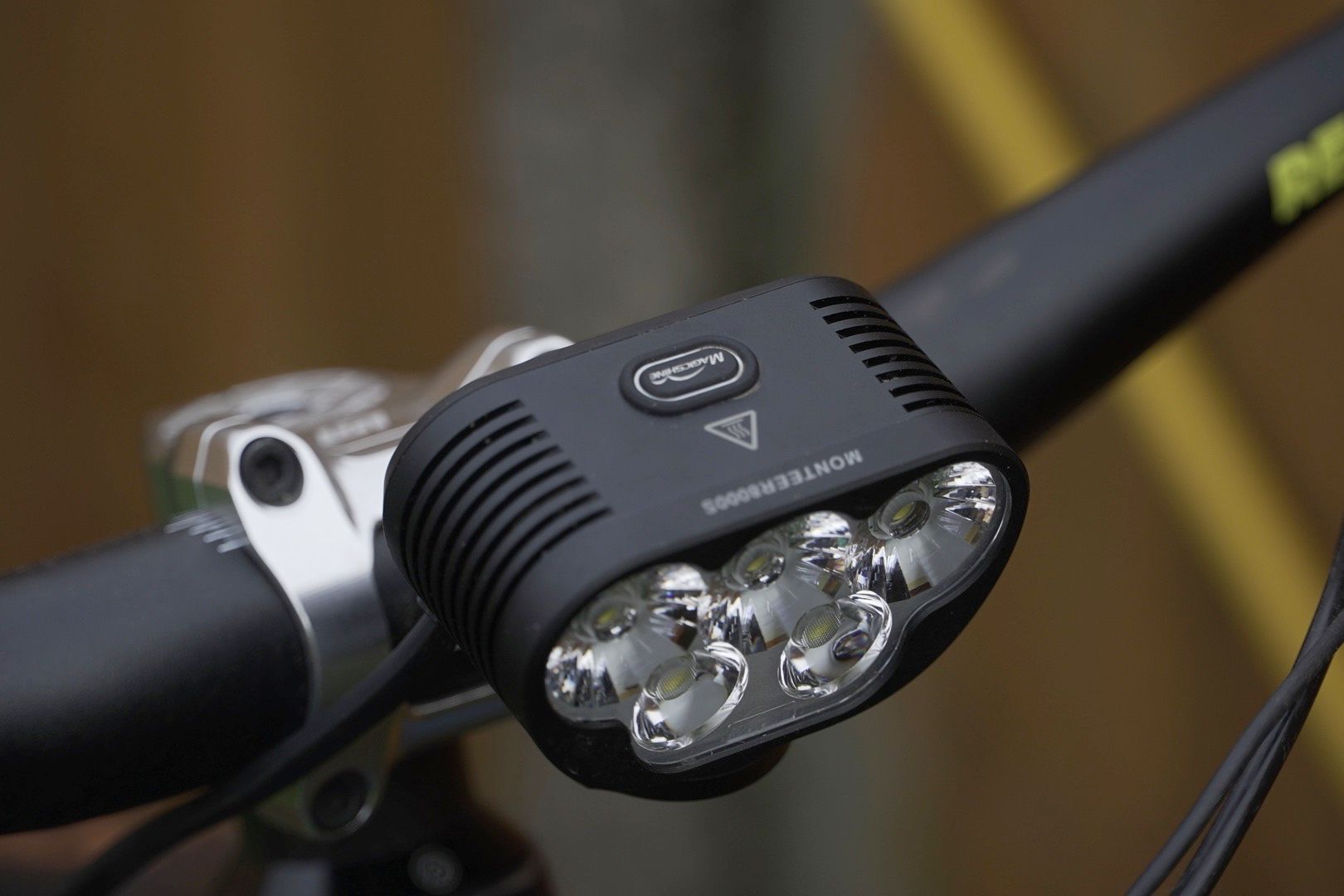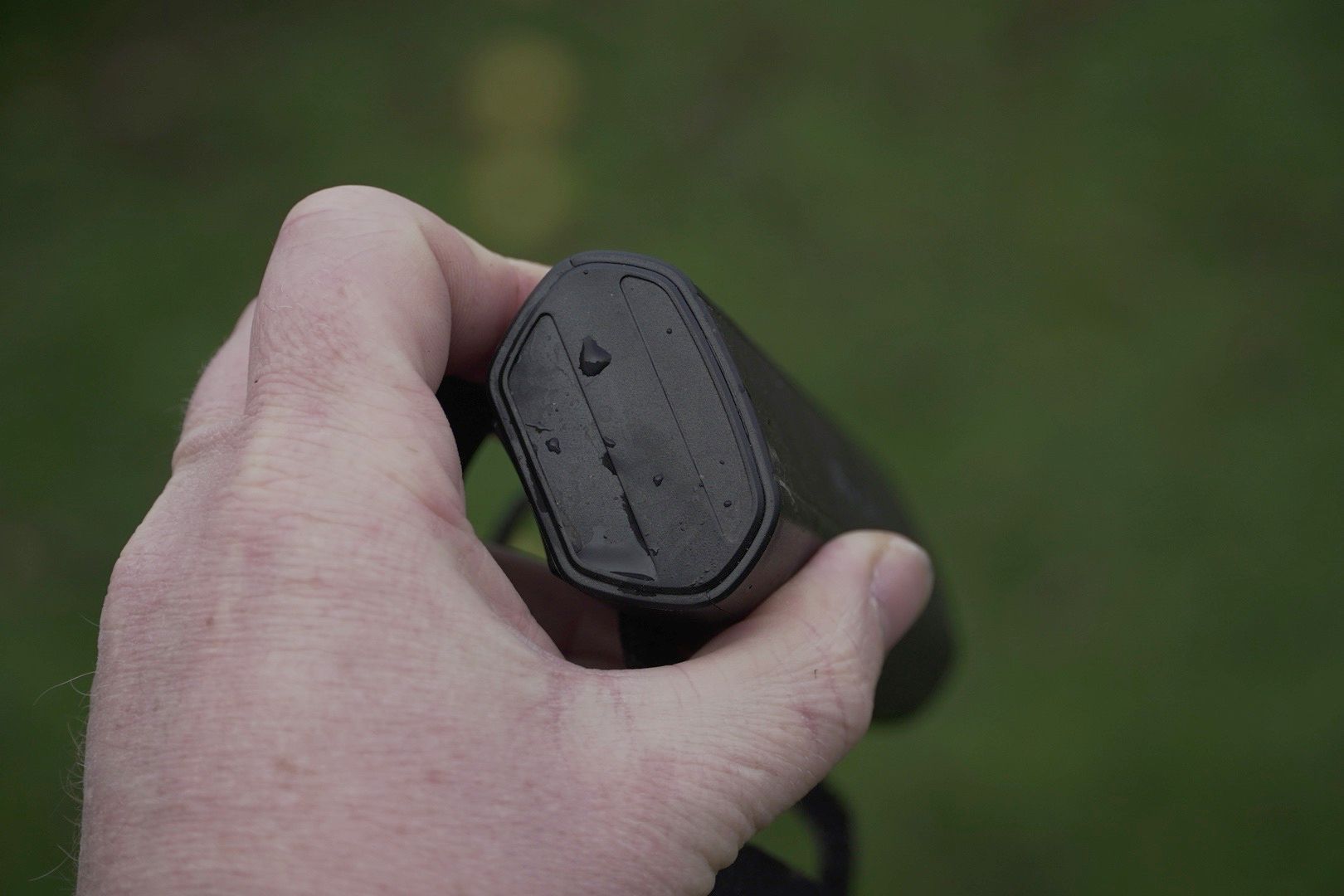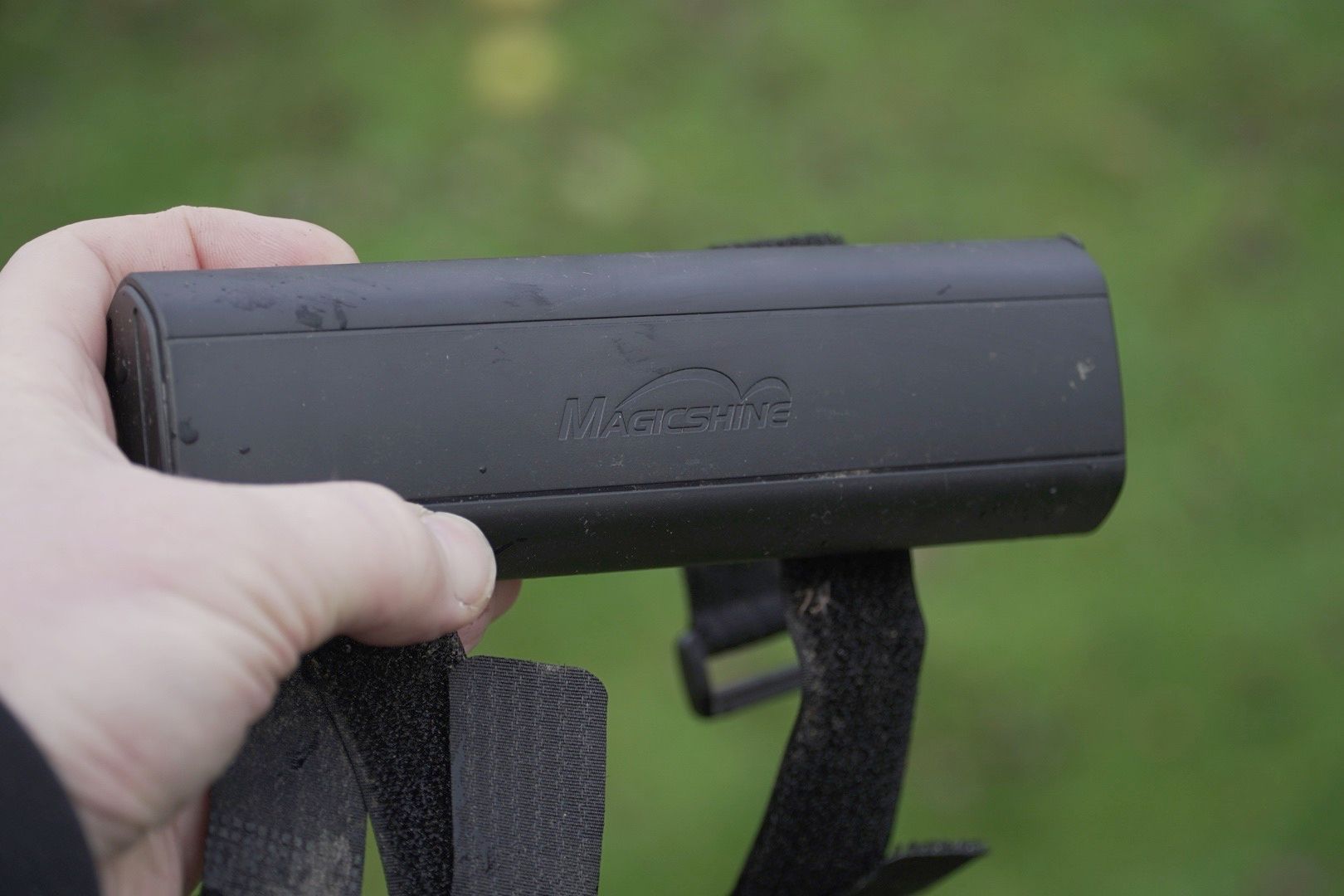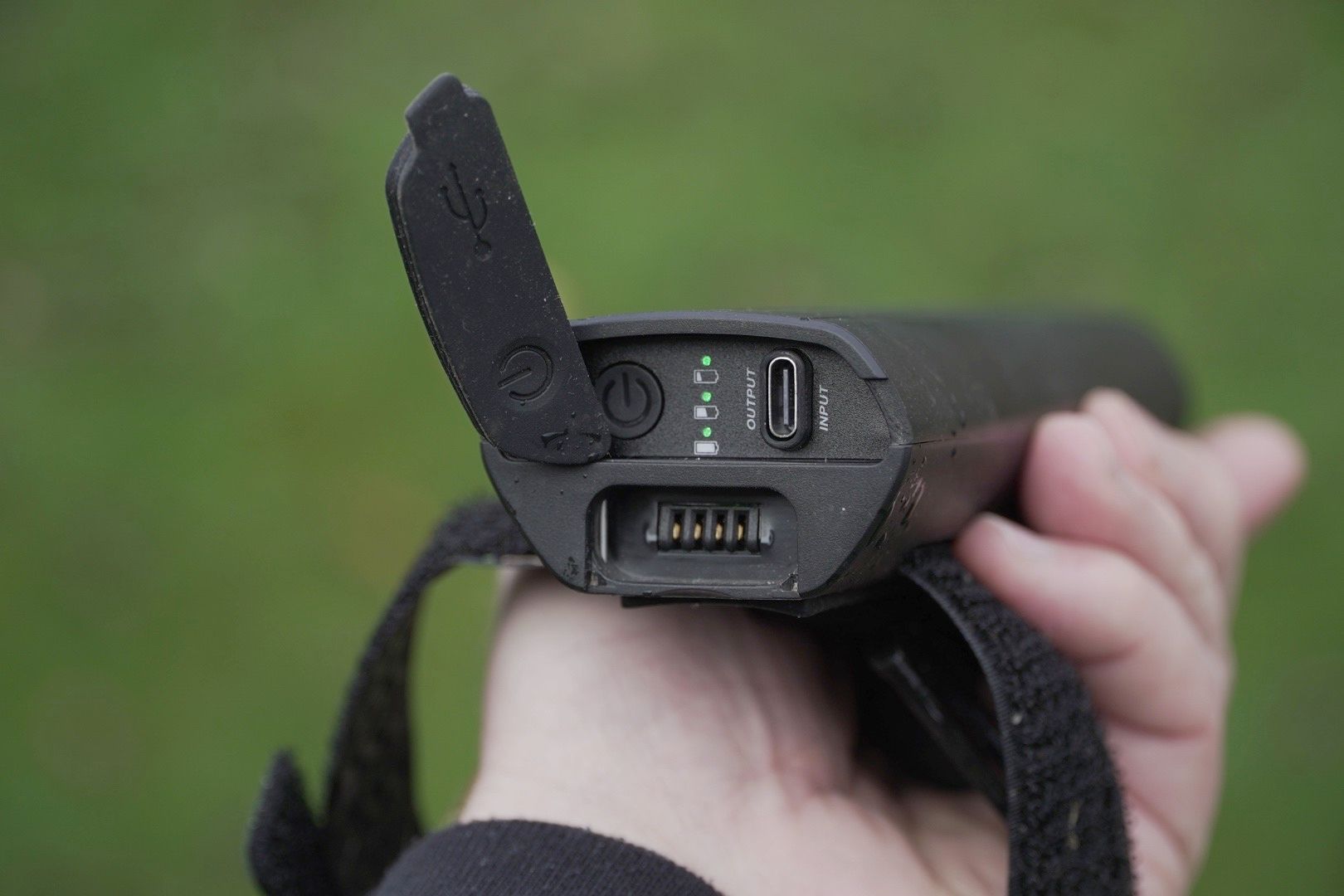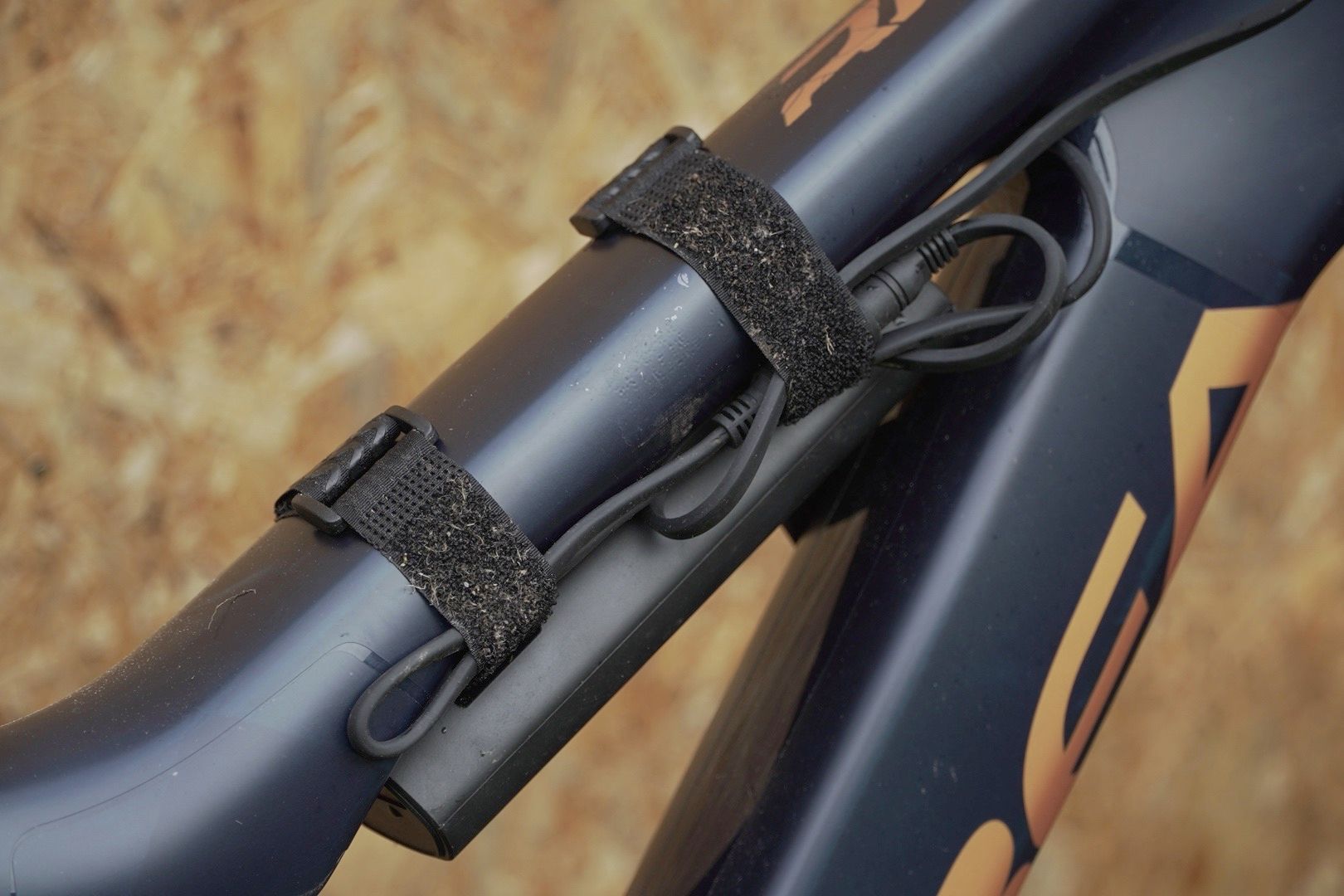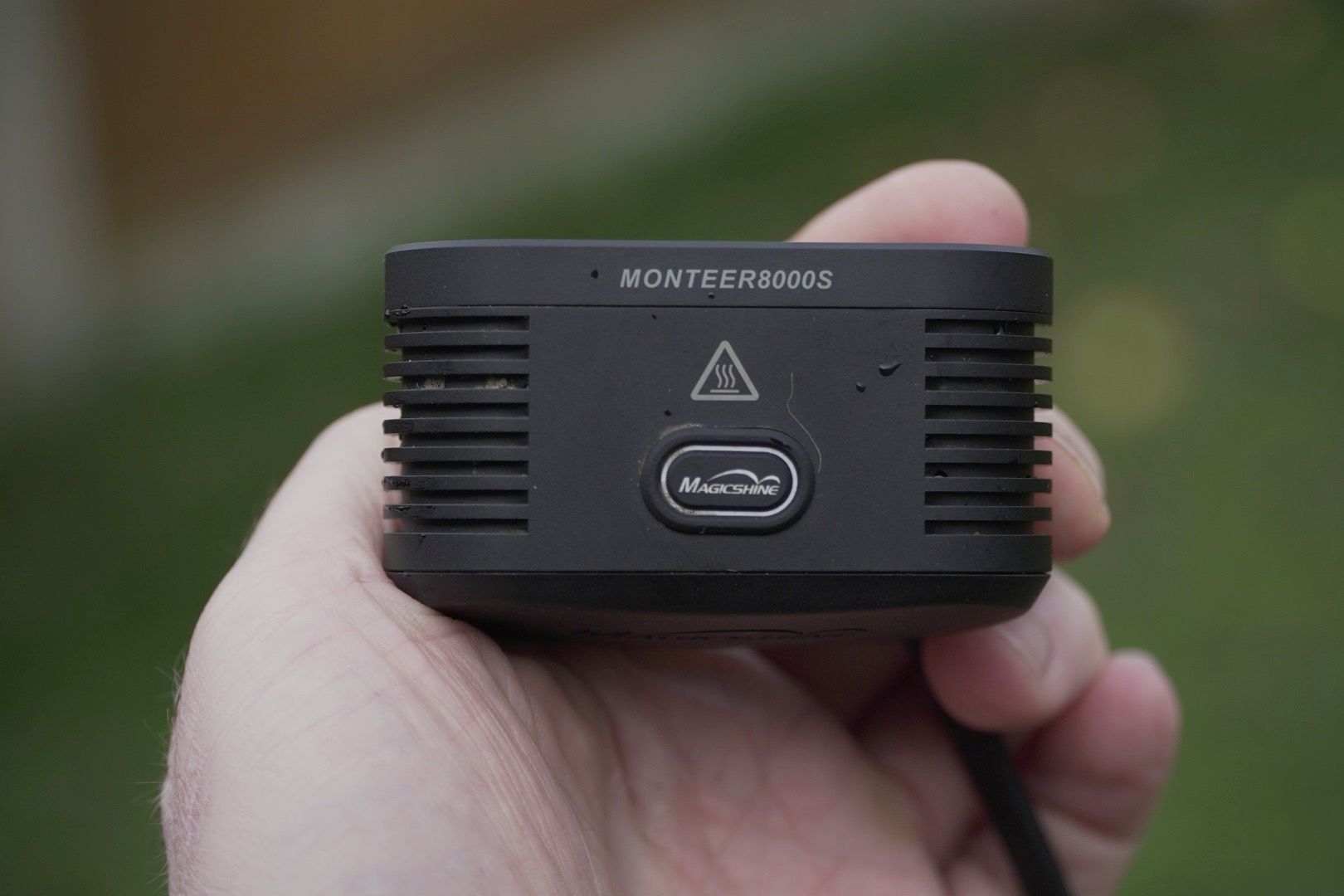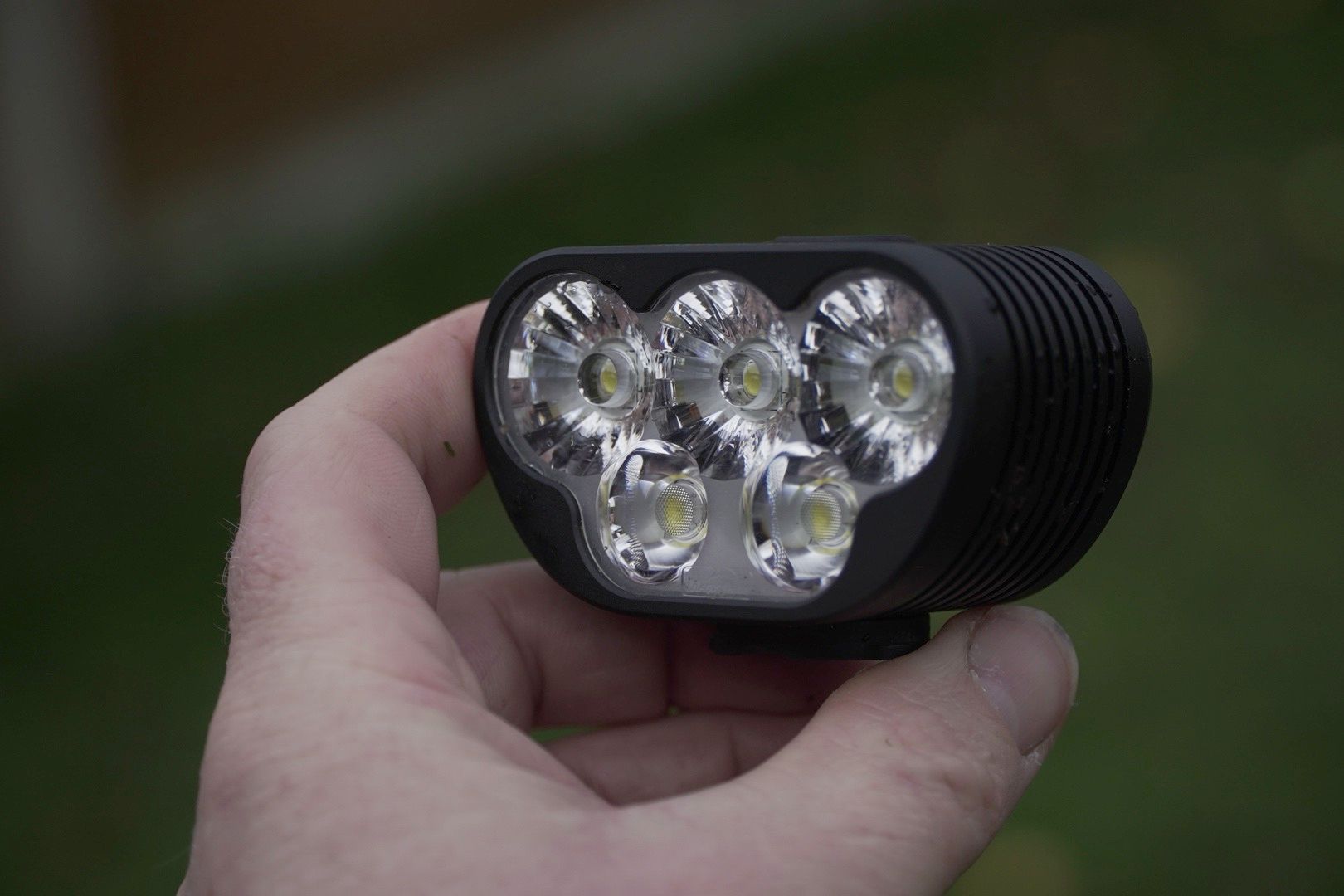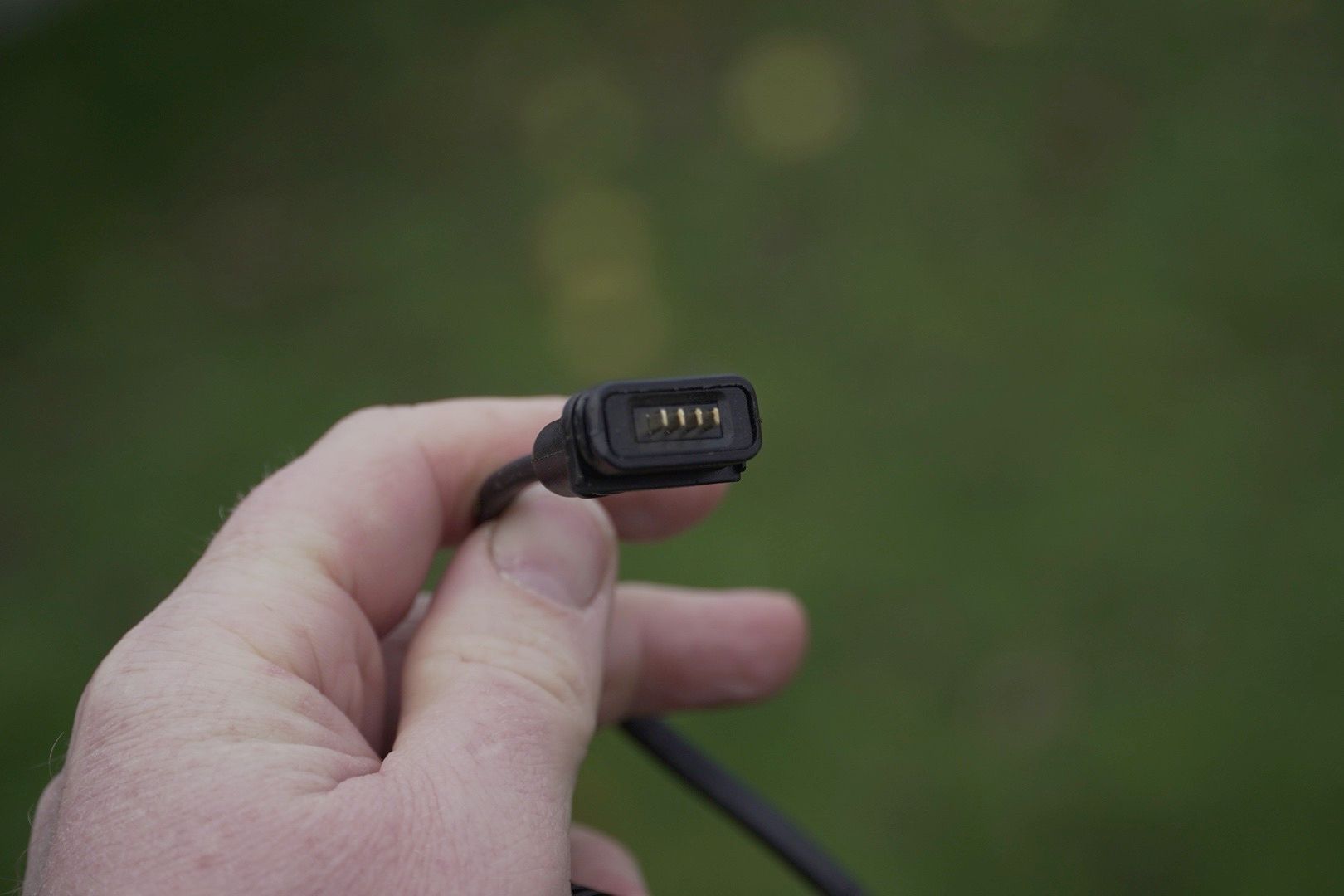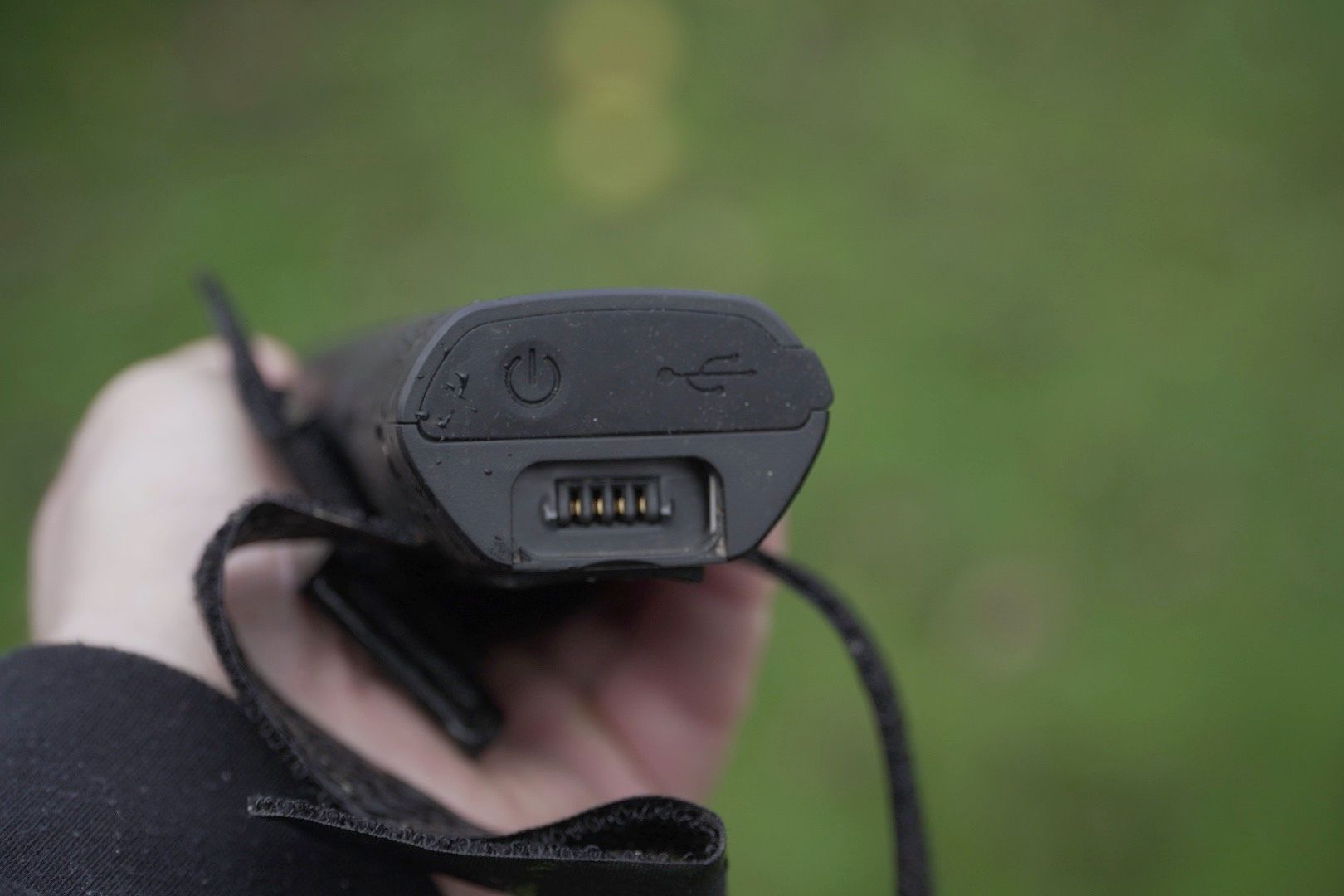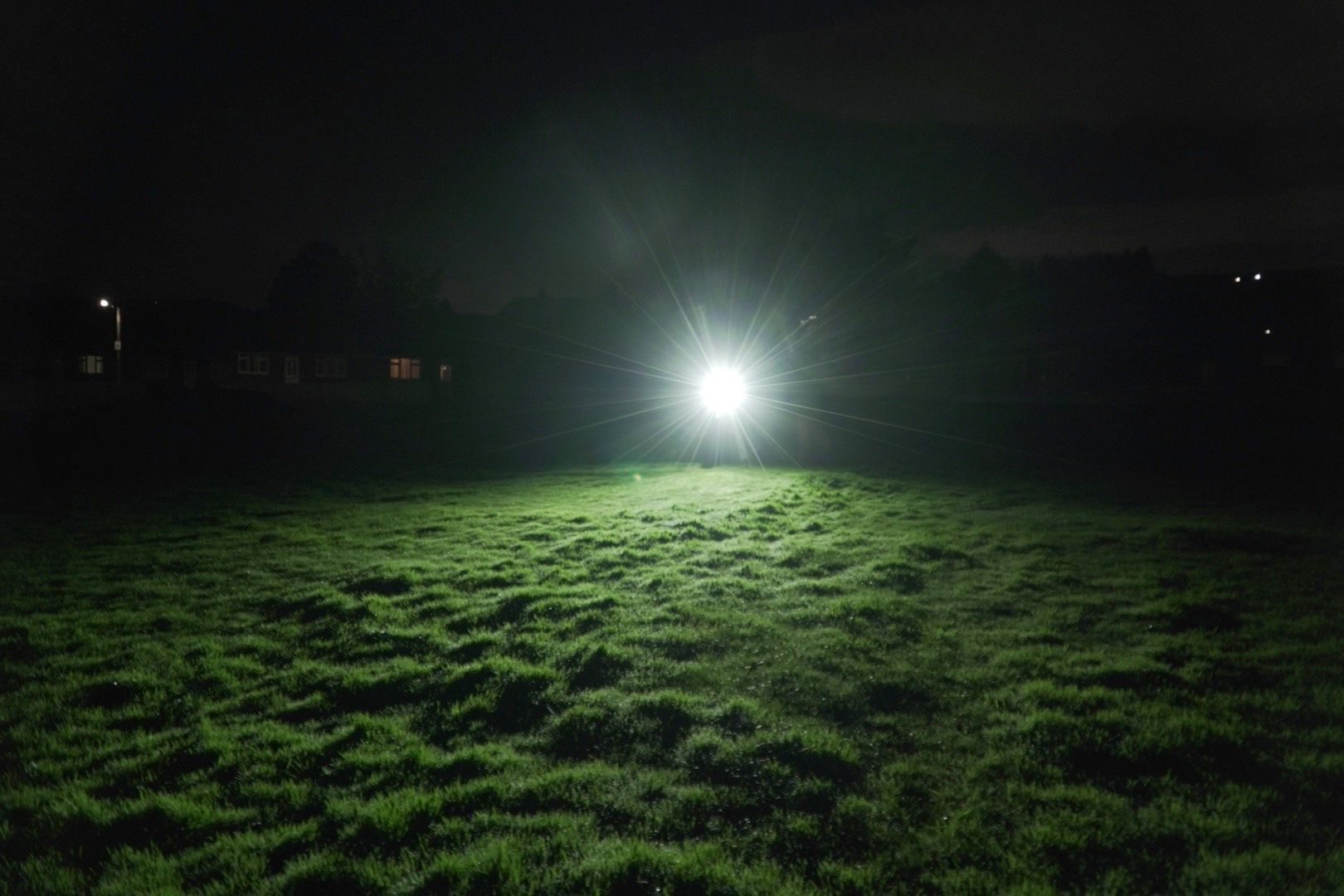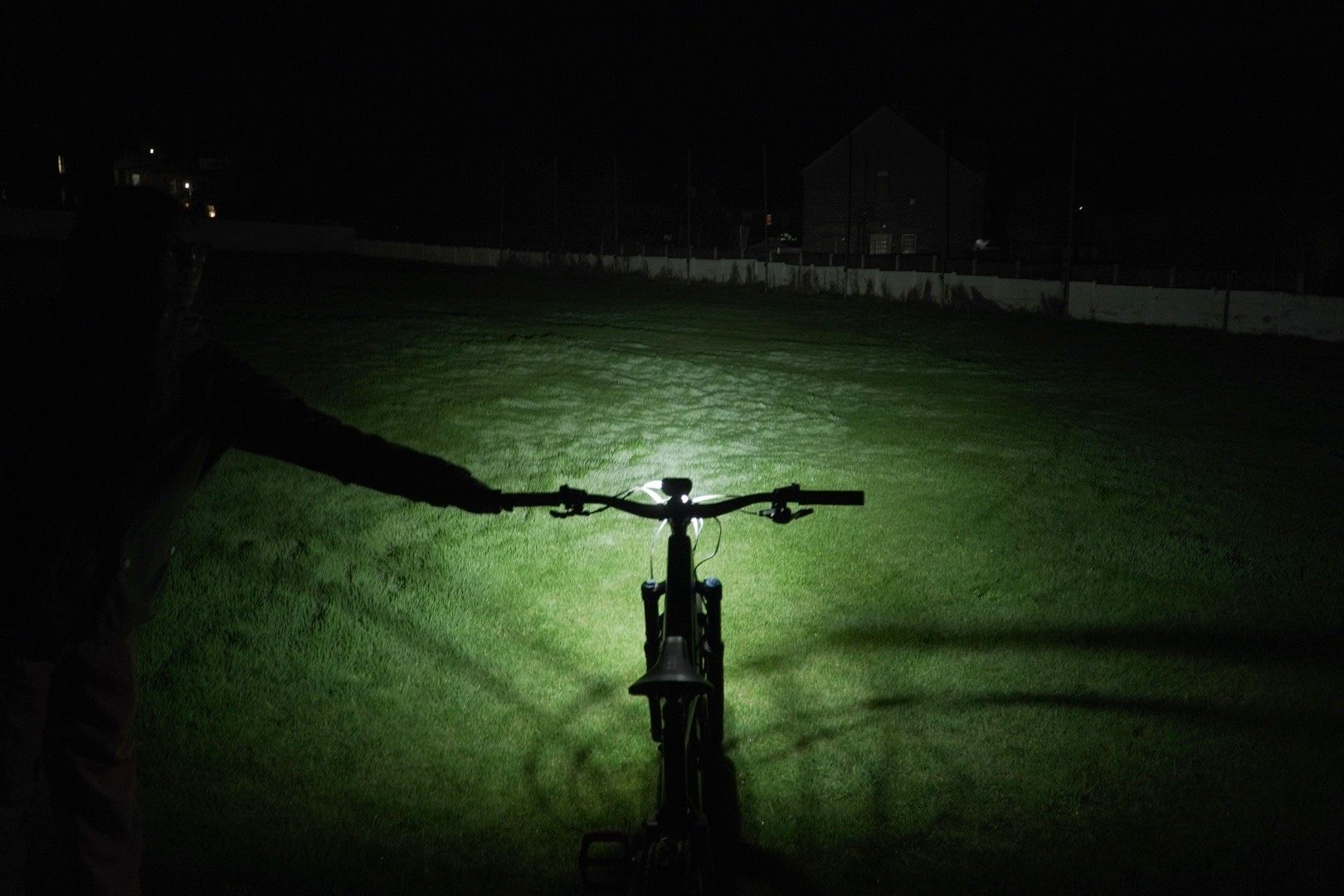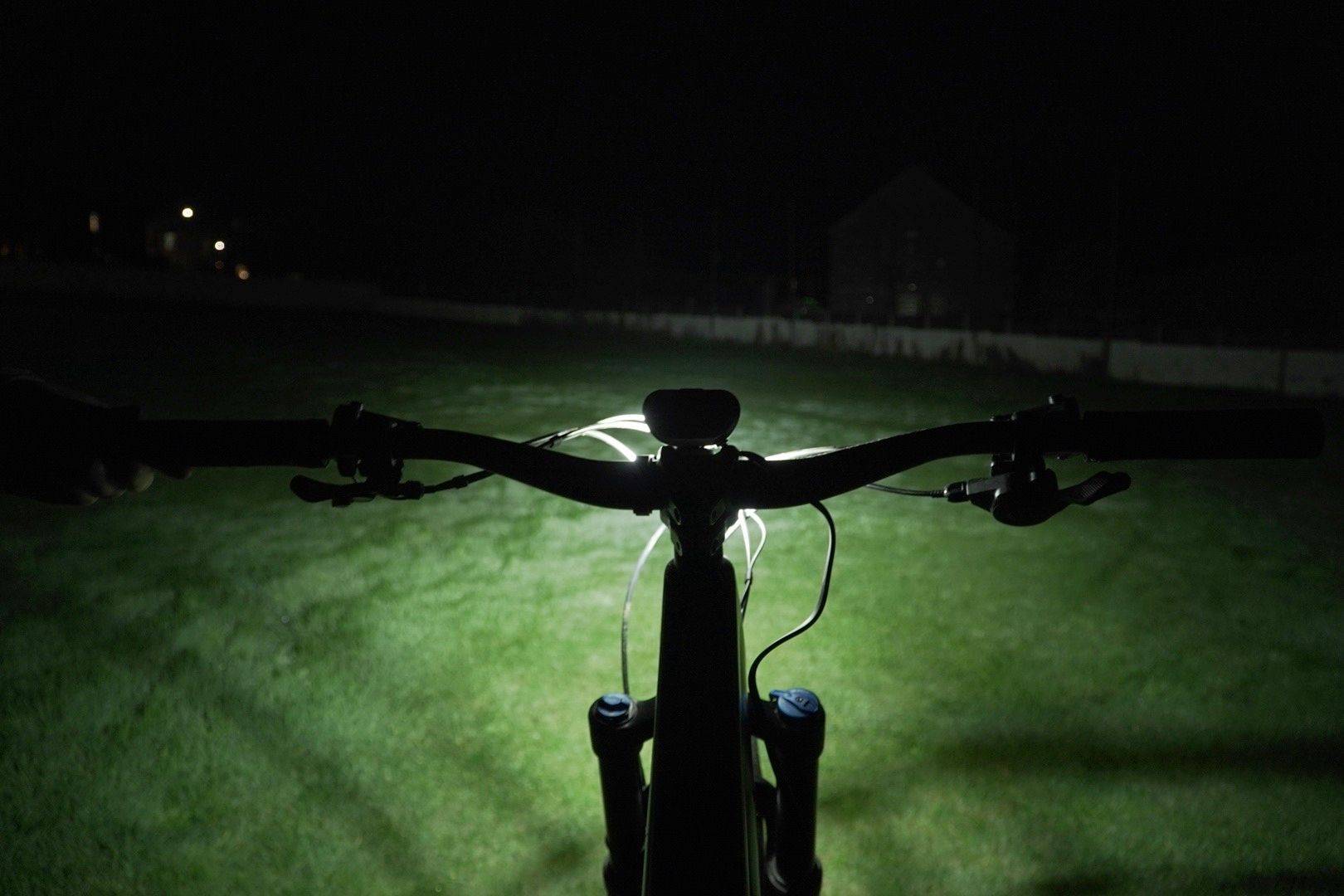Magicshine’s latest 8000 lumen Monteer is less of a light and more like your very own personal solar flare for the trail!
Winter might bring cold weather, mud, rain, and constant cleaning of gritty drivetrains, but it also brings with it the fun of a night ride! Night riding is awesome because familiar trails become a new challenge, and best of all you can keep in shape while everyone else watches Bake Off on the telly.
To get the most from a night ride though you’re going to want to invest in a good set of lights, and I say invest because you’re going to be looking at dropping a few hundred pounds on something really good. Like everything, there are cheaper lights out there, but a good quality light will offer a bright and even beam, a high-quality battery, long usage, and be made of materials with the tolerances to survive a few winters of wet and muddy riding.
Magicshine Monteer 8000 Galaxy
At a retail price of £369.99 the Magicshine Monteer 8000 is priced roughly in the same ballpark as other high-end light brands, but with a claimed 8000 lumens of power, this Chinese LED lamp has enough power to light up a solar farm!
Latest Singletrack Merch
Buying and wearing our sustainable merch is another great way to support Singletrack
Magicshine uses 5 CREE LED lights that are housed in a CNC alloy casing. The LEDs are arranged with 3 main lights offering a wide 32 degree spread then 2 LEDs with a narrower 21-degree beam. When all powered up and in the brightest setting, the Monteer 8000 throws light well down the trail, in fact, Magicshine claims the 8000 lumens will reach 315m and I well believe it.
The alloy body of the Monteer 8000 is CNC machined with cooling fins on the side to disperse heat as cool air flows over them. The body is extremely well made and completely sealed to an IPX standard meaning even heavy rain shouldn’t be able to work its way in and attack the sensitive electronics inside.
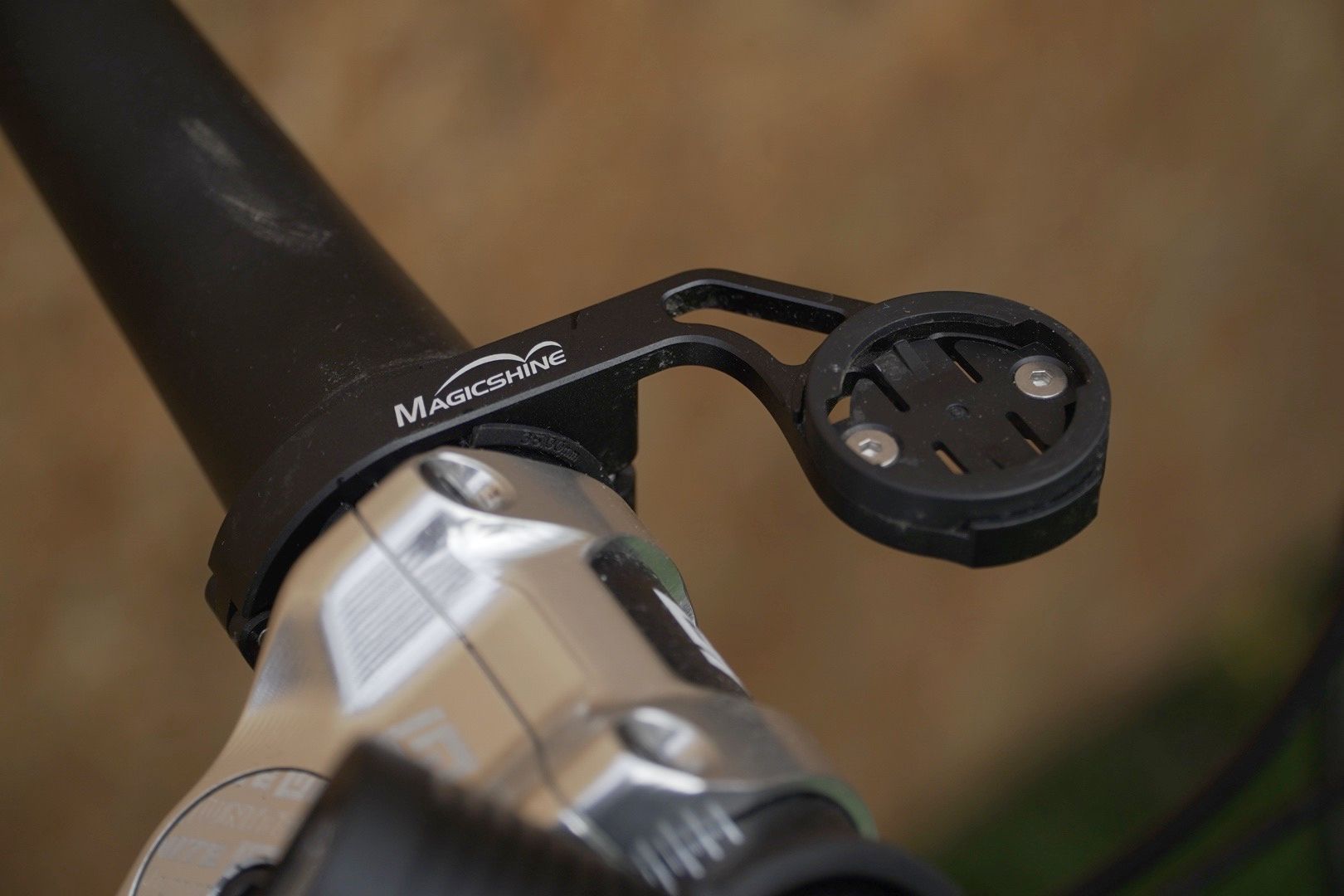
Magicshine uses a Garmin style fixing mount for the Monteer and there is an alloy arm for mounting the light to your handlebars included. The alloy band is hinged so you can easily fit it without removing grips and levers, and uses rubber adapters to prevent slipping on 31.8 or 35mm bars. The fact that the light uses a Garmin mount means you can use the clamp for navigation during the day, and lighting at night. There are also other accessories available aftermarket so you can mount the Monteer to a helmet, something I thought I would want, but after using the light I’m happy to keep it on my bars.
Being such a high power off-road light, the Monteer 8000 requires a hefty battery pack and it gets one in the form of a 10,000mAh cell. A one meter long, heavy-duty cable connects the battery to the light body, and the battery itself includes weather sealing for the battery indicator LEDs and USB type C port. What’s handy is that the USB Type C port can be used to charge the battery, but it can also be used to power and charge other accessories on the trail too! Perfect for emergency phone charges, or juicing up the GoPro for one last run.
Like the light body, the battery case is made to a very high standard using high-quality materials, and the rubber seal is a soft and malleable material that isn’t likely to lose shape or fall out over time as some harder, cheaper materials are prone to doing.
Two simple velcro straps with silicone backing are used to mount the long, thin battery into position. With my time testing the Monteer 8000 I strapped the battery to the top tube of my frame and used the straps to take up the excess cable I had. It might actually be a nice option if Magicshine provided the light with a long and short cable option, but I didn’t run into any issues with my set-up.
With the battery wired up to the main body, the Magicshine Monteer 8000 can be powered up by a large, glove-friendly button. This button glows green while in use and will change to red once you hit 20%, then begin to flash a warning at 5%. The single button is used to cycle through the 4 power modes running from Eco mode and Low which use just the 2 LEDs to a Mid and High setting which use all 5 lights to light up the trail. There is also a flashing mode that can be used as a low power mode to get you home.
Riding with the Magicshine Monteer 8000
Setting up the light was very simple, and I found that the velcro straps gripped the carbon tubes of my Orbea Rise very well without noticeable movement or vibration. As mentioned above I did have to loop the excess cable up and use the straps to keep it out of the way, it’s not a problem, but a shorter cable option would be cleaner.
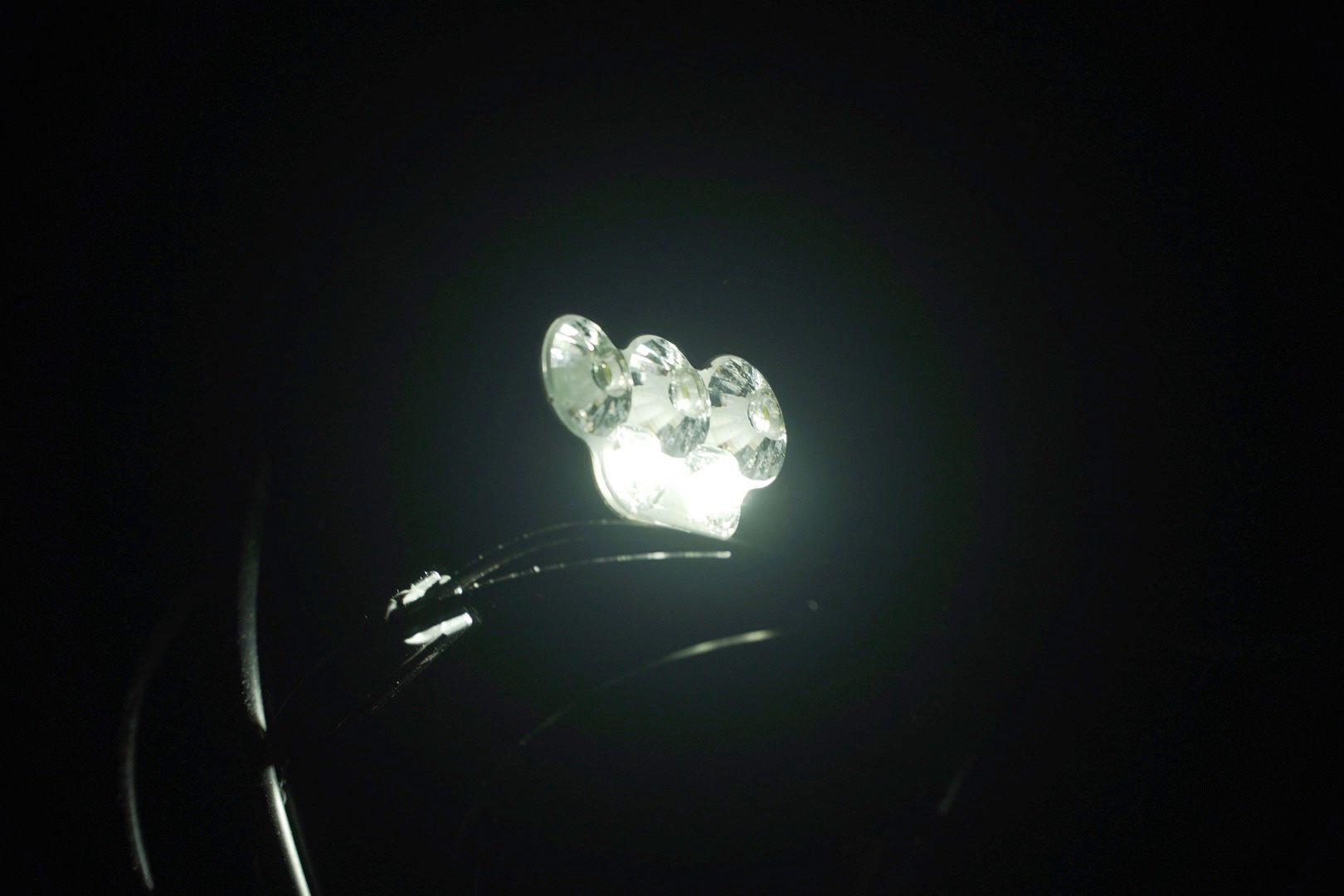
Everything about the Monteer 8000 is high quality, even down to the included alloy arm for keeping the light body in place. It might look a little thin, but it was stiff enough to prevent the light from shaking around on aggressive nighttime adventures.
In the past, I have ridden at night with a light on my handlebars and another mounted to my helmet. This way I always had light shining exactly where I looked and could easily light up the trail and pick outlines, but the 8000-lumen output of the Magicshine combined with the very wide flood on the beam meant just a single light was all that I needed. Even mounted to my handlebars, the Magicshine puts out enough light to the sides to keep the trail perfectly lit even when rounding sharp switchbacks. The long throw of the light far down the trail means you’re able to keep an eye on what’s ahead and plan even at full speed.
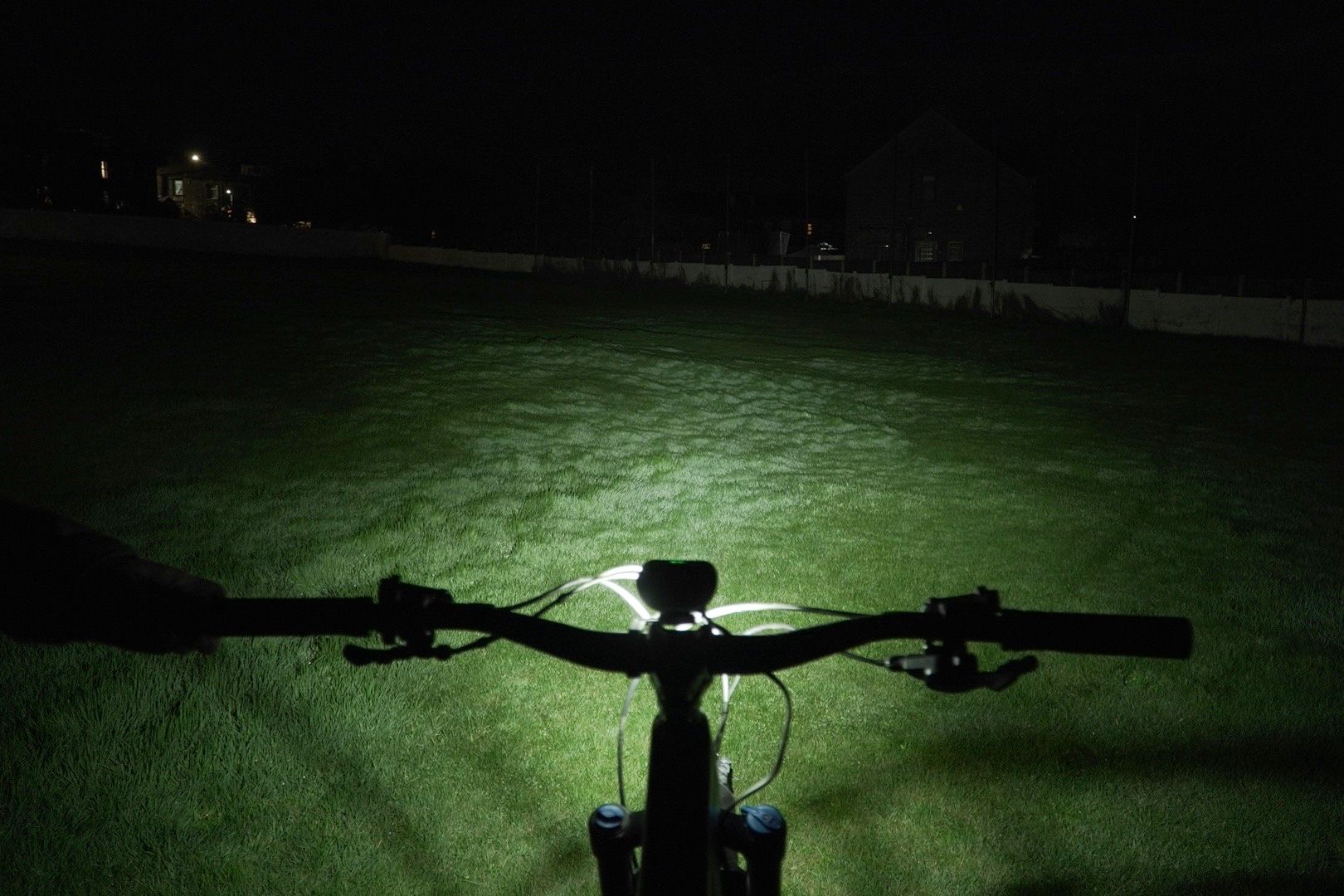
To be honest the Magicshine Monteer 8000 is such an impressive and powerful trail light that night riding with this feels no different to riding in the daylight! The whole trail is perfectly visible at all angles and never did I wish for any additional brightness.
Battery life has been very impressive too, as is the cooling of the light. In my past experience with high-power lights, I found that some would either run very hot or would quickly drain the battery when left in full power mode. The Magicshine Monteer 8000 gives me enough full power light to get a couple of runs in on the local at night, around 1 hour, but knocking it down to the Mid power setting can easily extend that to 2 hours, and honestly, I wouldn’t really need more.
What we would like to see
- Might be nice to have a shorter cable included.
- Would be good to include a helmet mount with the light.
What we loved
- High-quality build.
- Incredible brightness and wide beam.
- Great battery life.
Magicshine Monteer 8000 – Overview
I’m actually blown away by the quality, spread of beam, brightness and battery life of the Magicshine Monteer 8000. I really could never see myself wishing for more power or more light on the trail. At £369.99 it’s a similar price to other high-end lights, and for anyone serious about riding rough and challenging terrain at night I can think of nothing else better to spend your money on.

